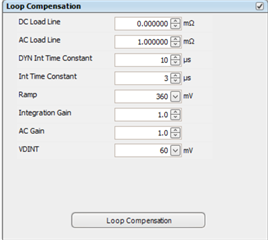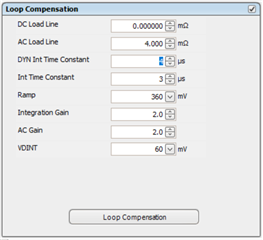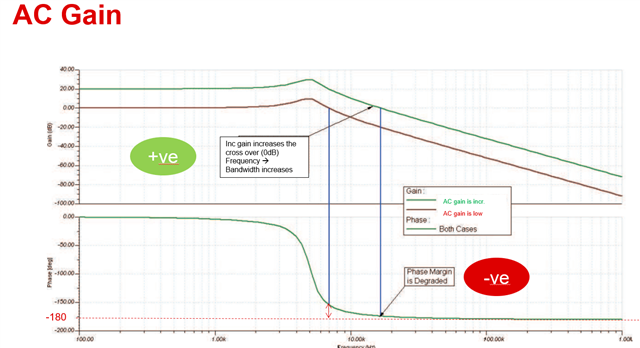Tool/software:
Hi,
We are doing phase margin/gain margin measurement using frequency response analyser for a multiphase power circuit with output +3.3V/50A(per channel) for both the channels of the controller (TPS53688+2xCSD95515RXMR).
We are injecting the signal and measuring across 10ohm resistor in series with the sense positive line.
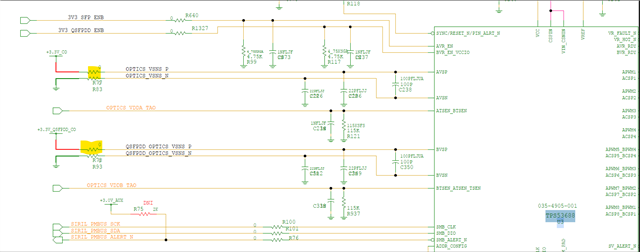
Although we are getting a proper gain curve, the phase curve is getting flat for both the channels.
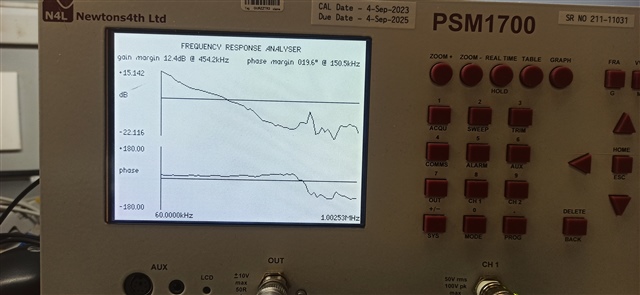
Kindly share your suggestions.


